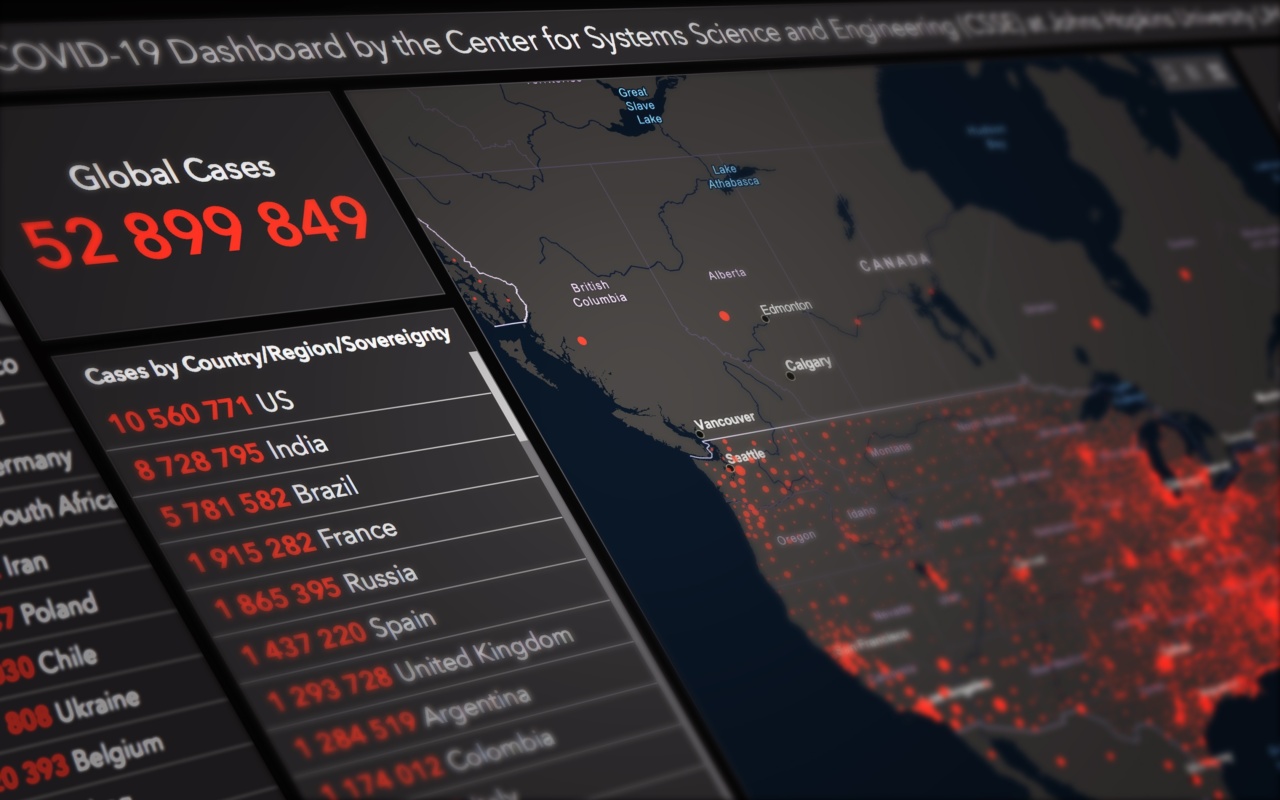In recent years, researchers have made significant progress in understanding and developing medications for various nervous system diseases.
While common conditions like Alzheimer’s, Parkinson’s, and multiple sclerosis receive significant attention, there are several uncommon nervous system diseases that also require attention. These rare diseases affect a small number of individuals but can cause severe disabilities and impact the quality of life.
Fortunately, researchers have not overlooked these conditions, and they have uncovered promising medications that offer hope and relief to those affected. In this article, we will explore some of these medications and their potential to improve the lives of individuals with uncommon nervous system diseases.
Fibrodysplasia Ossificans Progressiva (FOP)
Fibrodysplasia Ossificans Progressiva (FOP) is an incredibly rare genetic condition that causes muscles and connective tissues to gradually turn into bone.
This abnormal ossification process restricts movement and can lead to a complete loss of mobility over time. However, recent research has identified a potential medication that could slow down or halt the progression of FOP.
Huntington’s Disease
Huntington’s disease is a hereditary disorder that affects the brain and causes the progressive breakdown of nerve cells. This condition leads to movement, cognitive, and psychiatric disorders.
Although there is currently no cure for Huntington’s disease, researchers have discovered a medication that may alleviate the symptoms and slow down the progression of the disease.
Primary Progressive Aphasia (PPA)
Primary Progressive Aphasia (PPA) is a type of language disorder that affects the brain’s ability to process language. Individuals with PPA experience difficulties in speaking, understanding, reading, and writing.
While there is no known cure for PPA, researchers have found medications that can help manage the symptoms and improve communication abilities.
Narcolepsy
Narcolepsy is a neurological disorder characterized by excessive daytime sleepiness, sudden sleep attacks, and cataplexy (sudden loss of muscle tone).
Although there is no cure for narcolepsy, researchers have identified medications that help regulate sleep-wake cycles and improve wakefulness in individuals with this condition.
Stiff Person Syndrome
Stiff Person Syndrome (SPS) is a rare neurological disorder characterized by stiffness, muscle spasms, and heightened sensitivity to sensory stimuli. This condition can significantly impact mobility and lead to chronic pain.
Fortunately, researchers have discovered medications that can help relieve muscle stiffness, reduce spasms, and improve overall quality of life for individuals with SPS.
Batten Disease
Batten Disease, also known as neuronal ceroid lipofuscinosis (NCL), refers to a group of rare genetic disorders that cause the progressive degeneration of nerve cells in the brain.
This condition typically manifests in childhood and leads to vision loss, seizures, cognitive decline, and motor impairment. While there is currently no cure for Batten Disease, researchers have made significant progress in developing medications that can potentially slow down the disease’s progression and improve certain symptoms.
Paraneoplastic Neurological Syndromes
Paraneoplastic neurological syndromes are a group of rare disorders that develop as a result of an immune system response to cancerous tumors.
These syndromes affect the nervous system and can cause a variety of neurological symptoms, such as difficulty walking, muscle weakness, and sensory disturbances. Although treatment primarily focuses on managing the underlying cancer, researchers have identified medications that can alleviate specific symptoms associated with paraneoplastic neurological syndromes.
Moyamoya Disease
Moyamoya disease is a rare cerebrovascular disorder that affects the blood vessels in the brain, leading to restricted blood flow and an increased risk of strokes.
Surgery is often the primary treatment for Moyamoya disease, but researchers have discovered medications that can help prevent blood clots and manage other risk factors associated with the condition.
Miller Fisher Syndrome
Miller Fisher Syndrome (MFS) is a rare variant of Guillain-Barré Syndrome (GBS). It is an autoimmune disorder that affects the peripheral nerves, leading to muscle weakness, coordination problems, and difficulty moving the eyes.
Although there is no specific medication for MFS, treatments used for GBS, such as intravenous immunoglobulin (IVIG), have shown promise in managing the symptoms of MFS.
Rasmussen’s Encephalitis
Rasmussen’s Encephalitis is a rare and severe inflammatory brain disorder that primarily affects children. It causes frequent seizures, loss of motor skills, and cognitive decline.
While there is no cure for Rasmussen’s Encephalitis, researchers have identified medications that can help control seizures, decrease brain inflammation, and potentially slow down the disease’s progression.
Conclusion
While uncommon nervous system diseases may often be overshadowed by their more prevalent counterparts, researchers are dedicated to uncovering effective treatments that can improve the lives of those affected.
Through their efforts, promising medications have been discovered for various rare conditions, offering hope to individuals who face these challenges. Continued research and development in the field of neurology hold the potential to further advance the understanding and management of these uncommon nervous system diseases, bringing relief and support to those who need it most.

























